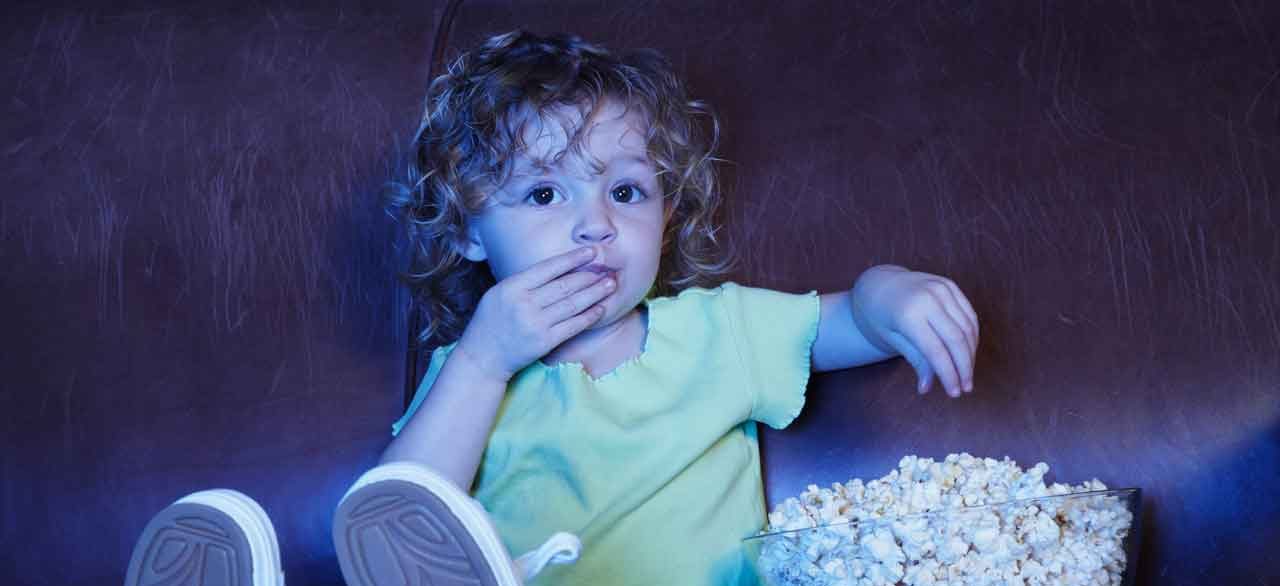Myopia Is Becoming an Epidemic

Kids should be spending much more time outdoors to prevent the condition.
Millions of kids around the world are becoming myopic (nearsighted) and the cause may simply be a lack of sunlight.
Nearsightedness, or myopia, is caused by an elongation of the eyeball, so that that when light hits the eye, the lens focuses it in front of the retina, instead of right on the retina. The result: anything that's further away than a few feet will appear slightly blurry.
In the United States 42 percent of those aged 12 to 54 have myopia, which is triple the rate of 30 years ago. About seven percent of kids in the U.K. had myopia in the 1950s; now that rate is more than 16 percent. The average rate of kids with myopia worldwide is about 50 percent, says the Baseline of Health Foundation (BHF).
“We are going down the path of having a myopia epidemic,” Padmaja Sankaridurg, head of the myopia program at the Brien Holden Vision Institute in Sydney, Australia, told the journal Nature.
Researchers trying to understand this clear increase “are challenging old ideas that myopia is the domain of the bookish child and are instead coalescing around a new notion: that spending too long indoors is placing children at risk,” says Nature.
“We're really trying to give this message now that children need to spend more time outside,” says Kathryn Rose, head of orthoptics at the University of Technology, Sydney.
It was long believed that having myopia could be attributed to being a bookworm. That idea took hold more than 400 years ago when German astronomer and optics expert Johannes Kepler blamed his own nearsightedness on his constant study. That theory led ophthalmologists to recommend headrests to keep students from going through their books too closely.
But, by 2007 researchers at the Ohio State University College of Optometry in Columbus reported on more than 500 eight- and nine-year-olds in California who started out with healthy vision. “The team examined how the children spent their days, and ‘sort of as an afterthought at the time, we asked about sports and outdoorsy stuff,’” lead investigator Donald Mutti tells Nature.
The side-effect results of that study began a cascade of research into the connection to sunlight. In Mutti’s own study one in five of the children had developed myopia, “We thought it was an odd finding,” Mutti says, “but it just kept coming up as we did the analyses.”
While some researchers have still debated the strength of the findings since, places like Singapore have begun to distribute posters that say “Keep myopia away, go outdoors and play.”
Spending time outdoors would help vision, some experts believe, because there the eye becomes used to long viewing distances, which has a protective effect.
“Most scientists, however, believe it has to do with light exposure,” says the BHF. “When the eye is exposed to bright light, the retina releases dopamine. Apparently, dopamine signals the eye to change from night vision, which relies on rod-shaped photoreceptors, to day vision, which depends on cone-shaped photoreceptors.”
When there isn’t enough light, such as indoors, the cycle is disrupted, which affects eye development. Bright screens at night could further disrupt this natural cycle that has existed for eons.
Researchers say the solution is to get kids outdoors, where they are exposed to bright light. In the U.S., kids spend one to two hours a day outdoors, according to the BHF, which still isn’t enough.
Rather, research suggests that kids need at least three hours of light at levels of at least 10,000 lux. Indoor settings have a maximum of about 500 lux. Lux is a unit of luminance typically applied to sunlight. Lamps used by people with seasonal affective disorder, for example, generally need to emit light at 10,000 lux to approximate sunlight and be effective.
Researchers are investigating whether using such lamps could help prevent myopia. In China, classrooms are experimenting with glass walls for extra light. There are now eye drops that slow the development of myopia, but they can have some serious side effects, including nausea and hallucinations.
In Asia, where childhood myopia is by far the worst, the drops are very popular because parents resist “letting their kids play outdoors if it means less homework time,” the BHF says.
“Perhaps drops are easy, but not as easy as simply opening the door and telling the kid to go play outside – or study outside for that matter,” says the BHF. “Why risk side effects and why pay for drugs when allowing your kids to be outdoors may help them not only avoid nearsightedness, but also may help them stay thin so they don't’ develop diabetes and all the other conditions that result from sitting on their butts indoors?”
Updated:
March 25, 2020
Reviewed By:
Janet O’Dell, RN